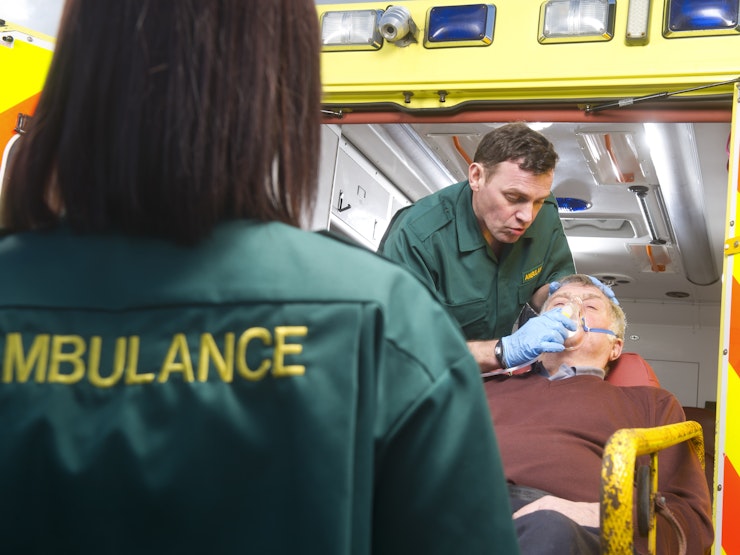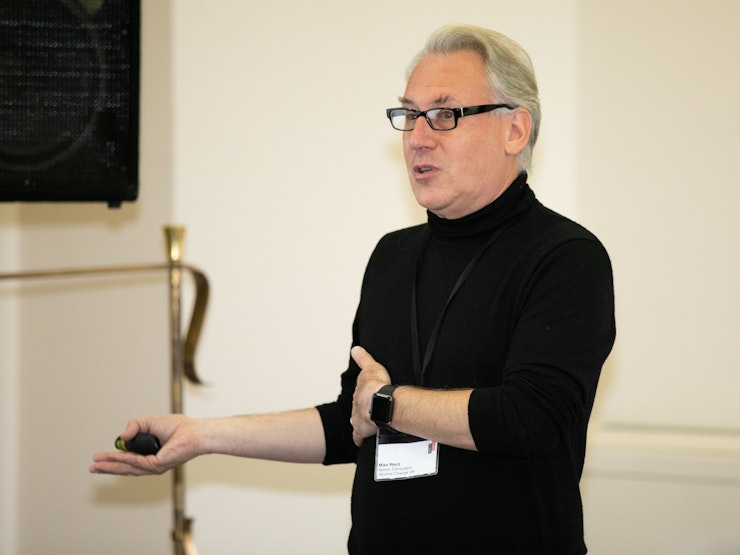This is not the case. Through positive action and the promotion of self-belief, we can help people change. This can be tough, but if we do not demonstrate a belief in the possibility of change then we will reinforce a sense of hopelessness in clients.
Positive action means more than simply referring to treatment; it means active engagement, proactive harm reduction (such as simply encouraging better nutrition) and building motivation.
However, two approaches have proven particularly useful with this client group:
- Assertive outreach
- Developing multi-agency groups that provide a focus on individuals with the highest needs
The Blue Light approach involves bringing key agencies such as police, housing, mental health, hospital and others together with the specialist alcohol services. This allows the identification of key individuals (often known to most or all services in the area), and the development of consistent, jointly owned interventions.
We have undertaken projects across the country to transform the local response to high-impact, high need drinkers.
The key elements of the local transformation work are:
- Running senior level strategic workshops to establish understanding and ownership of the approach
- Training specialist and non-alcohol specialist staff in the Blue Light approach
- Forging links with multi-agency operational groups to ensure joint management and a persistent targeted focus on the highest impact clients
- Developing the specialist alcohol service response to high impact drinkers with a clear and established pathway from non-specialist to specialist services
- Developing specifications for assertive outreach services and other identified unmet need
- Evaluation of the approach
A package of transformation work will typically cost £15,000 to £20,000. However, the return on this investment will be significant. Tackling the impact of just one such client can save enormous costs to the healthcare or criminal justice system.

